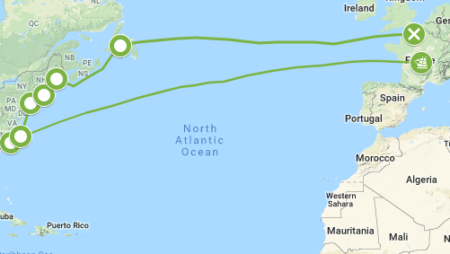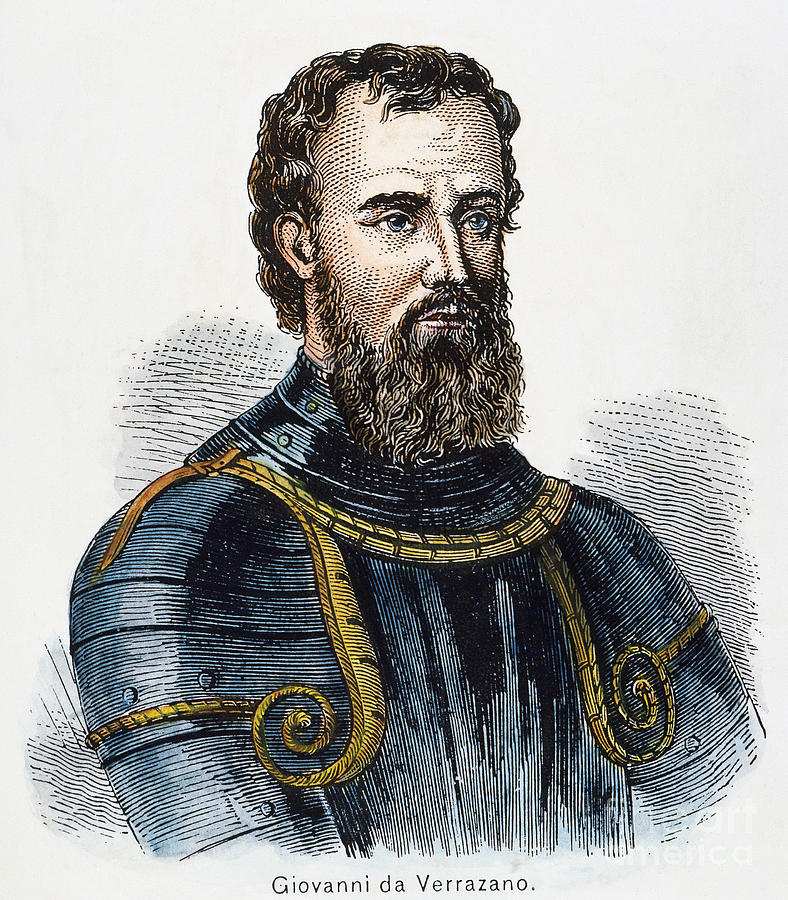Giovanni da Verrazzano was a great navigator, humanist, man of science, and man of action, primarily remembered as the first Westerner to explore the eastern coast of what is now the United States of America.
Exactly 500 years ago, on April 17, 1524, he set foot in what is now New York Bay. In the service of Francis I, the King of France, he named it New Angoulême. Giovanni explored the entire American Atlantic coast, from Florida to Cape Breton Island, writing an important page in history.

He was a brave traveler with remarkable human qualities, who treated indigenous peoples as equals. Giovanni da Verrazzano was not only a great geographer and sailor but also the ultimate expression of the navigator-humanist figure. He was the bridge between the civilizations of the Old and New Worlds.
And the newest world now is artificial intelligence and its potential in human hands. Italian navigators like Giovanni da Verrazzano chose to set sail towards the unknown risking their fortunes to discover what lay beyond the horizon of knowledge, just as the teams of researchers and scholars in artificial intelligence design are doing. The man knows no limits in the exploration of knowledge.

What drove these navigators, sailors, and entrepreneurs to venture into then-unknown destinations? Here, Dante’s verses come to mind: “You were not made to live like brutes, but to pursue virtue and knowledge.” (Canto XXVI Inferno). And this was the driving force for men like Giovanni da Verrazzano, Christopher Columbus, Amerigo Vespucci to explore, to go beyond the boundaries of the known world, and to create a new vision of life.
We often impose limits on our knowledge and adventures. Knowledge makes man better equipped to face daily challenges. Learning new languages, and new habits helps broaden one’s horizons and explore new forms of life.
